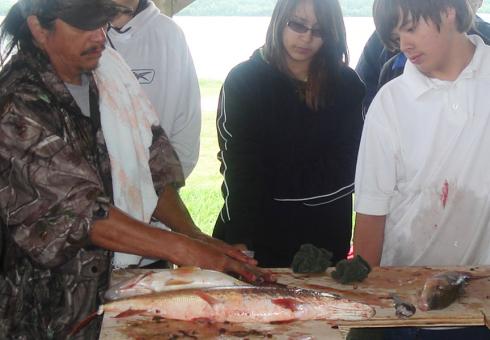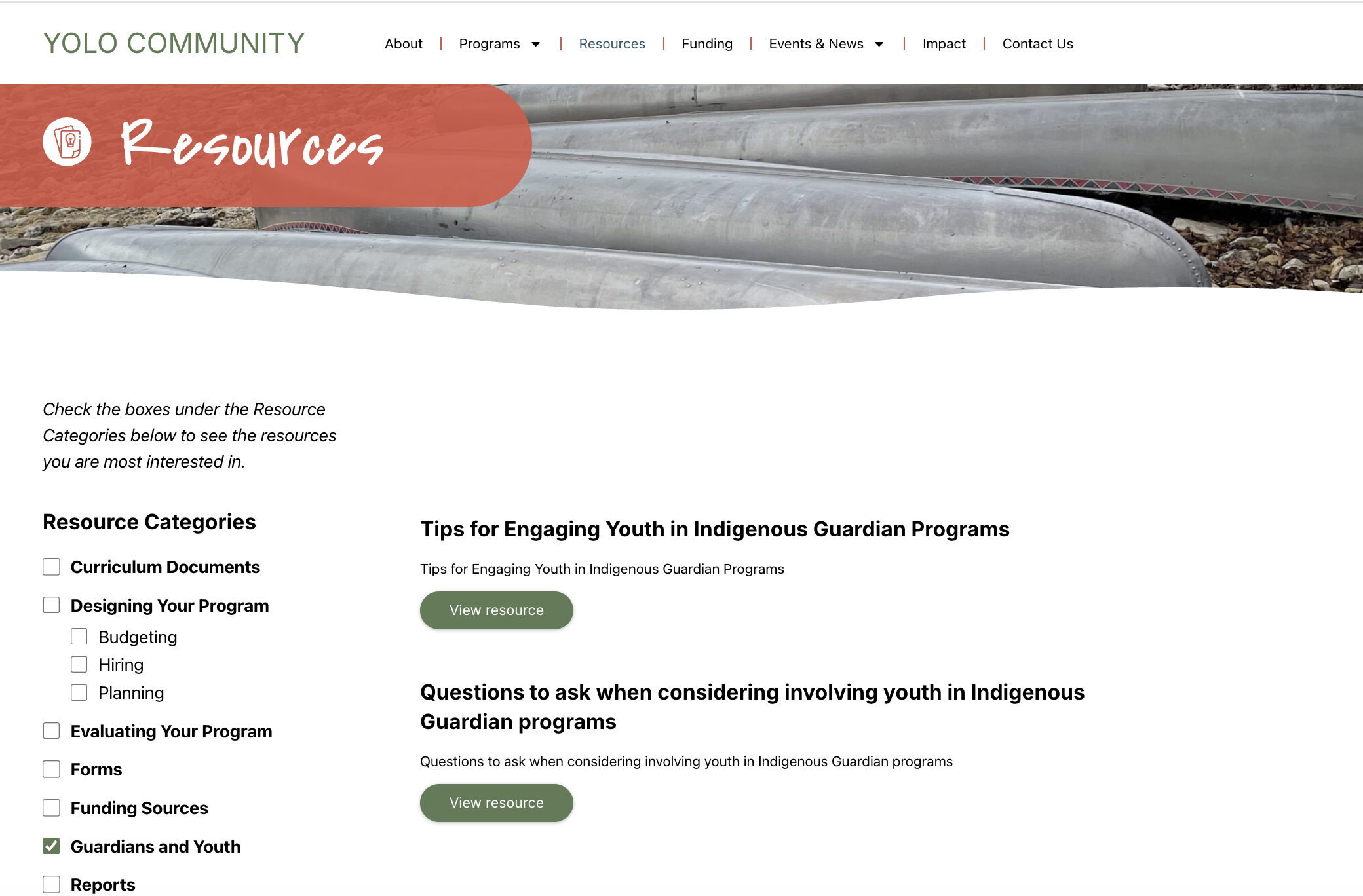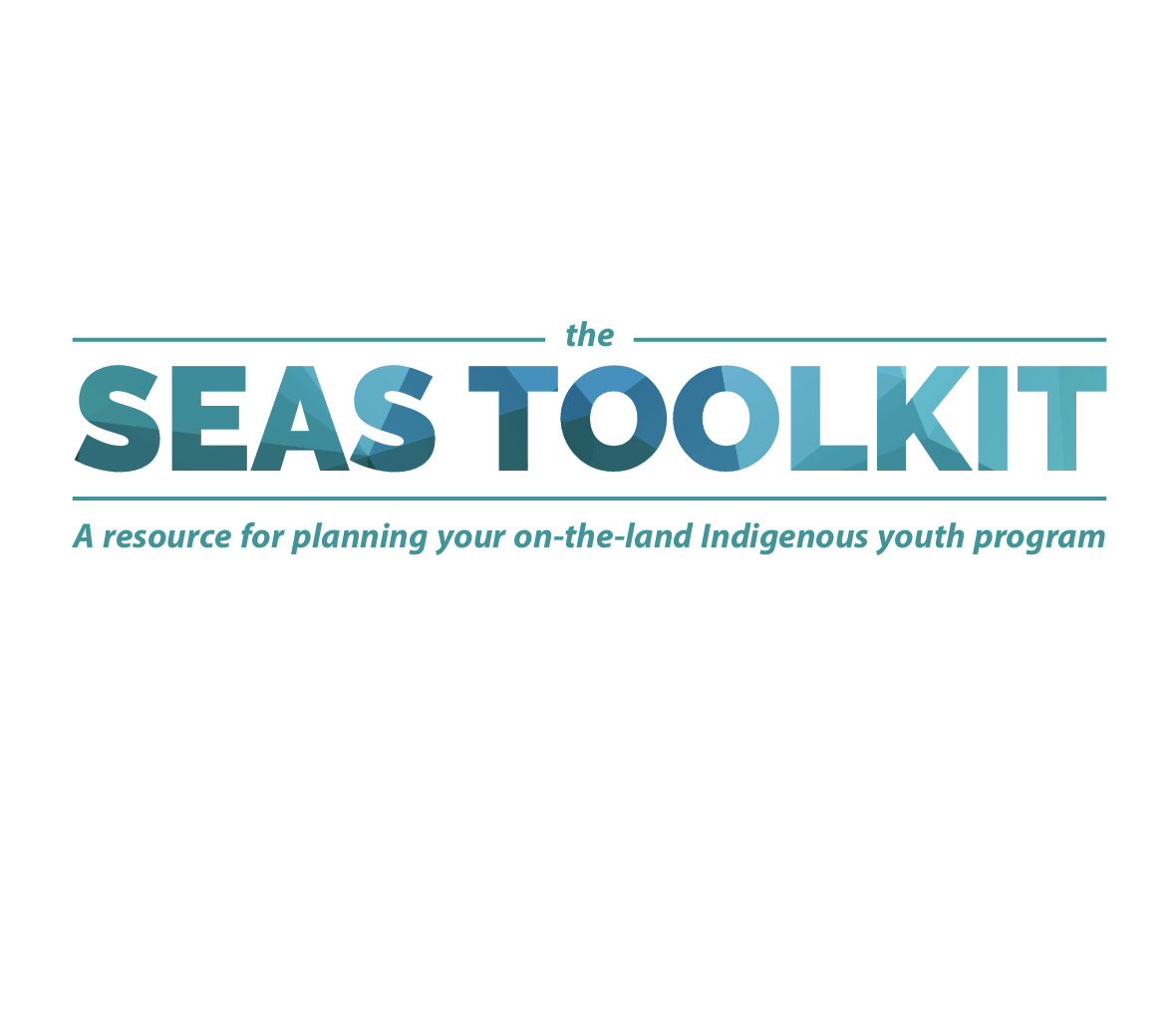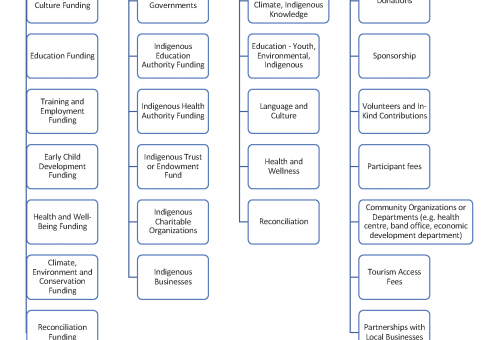“Guardians bring people back to the land. The land is sacred -- it is their power. Bring youth and elders together, where duty and responsibility can be passed on.”
First Nations in the Great Bear Rainforest and Haida Gwaii regions of British Columbia are actively revitalizing their cultural traditions through programs that transfer knowledge from Elders to youth and support stewardship activities that leverage traditional ecological knowledge. By working to sustain traditions, First Nations are supporting their community members’ multi-generational retention of unique knowledge that supports long-term stewardship of their lands, ocean, and culture.




